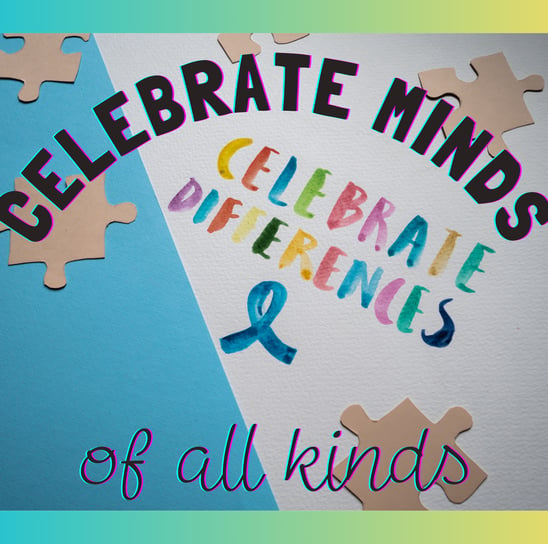Demi's Sensory Emporium
Education is Understanding
Understanding the Spectrum and How Most People Relate
By Donna Miller
When we hear the phrase “on the spectrum,” many people immediately think of autism, and rightfully so—that’s where the term originates. But over the years, “the spectrum” has become more than a clinical label. It’s a lens through which we can better understand human behavior, communication, and how our brains process the world.
And here’s the thing: more people relate to the spectrum than they realize.
What Is “The Spectrum,” Really?
Autism Spectrum Disorder (ASD) is a developmental condition that affects how someone communicates, processes information, and interacts socially. The word spectrum is key here. It’s not a straight line from “less autistic” to “more autistic”—it’s a wide range of traits, strengths, challenges, and sensitivities that can show up in different ways for different people.
Think of it like a color wheel, not a ladder. Each person experiences the world uniquely, and no two profiles look the same.
The Overlap Most Don’t Talk About
Here’s where it gets interesting: many traits commonly associated with autism show up in people who are not diagnosed, or who may never be. That’s because all humans process things like sensory input, routines, social nuance, and emotional regulation on a continuum.
Ever met someone who:
Can’t focus when the room is too loud?
Needs structure to feel calm?
Has trouble reading facial expressions or sarcasm?
Hyper-focuses on their favorite hobby?
Struggles with transitions or unexpected change?
These aren’t “autistic” behaviors by themselves. They’re human behaviors. The difference with someone on the spectrum is usually about degree, intensity, and how much those traits impact day-to-day life.
Why This Understanding Matters
Recognizing that we all share overlapping traits can build empathy and break down stigma.
For parents, this means seeing your child not as “different” but as uniquely wired. For teachers and caregivers, it’s a reminder to meet kids (and adults!) where they are, not where we think they should be.
And for everyone else? It’s a powerful invitation to get curious instead of judgmental.
The Power of Language, Patience, and Play
At its core, understanding the spectrum isn’t about labels. It’s about learning how to connect with more patience, flexibility, and respect for how others experience life.
Whether someone has a formal diagnosis or not, we all benefit from environments that are sensory-aware, emotionally safe, and rooted in understanding.
Because when you take away the pressure to fit in, you make space for people to belong.
Final Thought:
If you’ve ever felt a little “different,” a little “too much,” or “not enough,” you’re not alone. The more we learn about the spectrum, the more we see that being human isn’t about fitting into boxes. It’s about embracing the full range of how we think, feel, and connect. And that’s something we can all relate to.


150+
15
Empathy Matters
Join Us
Embrace Neurodiversity
Foster understanding and empathy in families to nurture supportive environments for neurodivergent children.


Neurodiversity refers to the natural differences in how people's brains function, process information, and interact with the world. This includes conditions like autism, ADHD, dyslexia, dyspraxia, and others. Rather than seeing these differences as disorders to be fixed, the neurodiversity movement encourages us to recognize them as part of the broad spectrum of human thinking. It promotes inclusion, respect, and support for individuals with diverse neurological makeups—focusing on strengths, accommodations, and creating environments where all minds can thrive. Understanding neurodiversity helps break down stigma and encourages a more accepting, flexible society.
